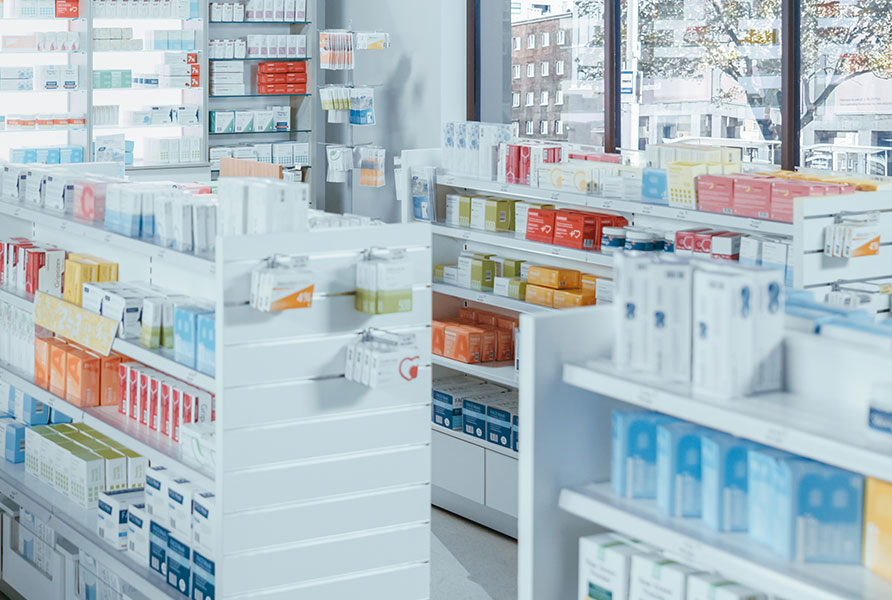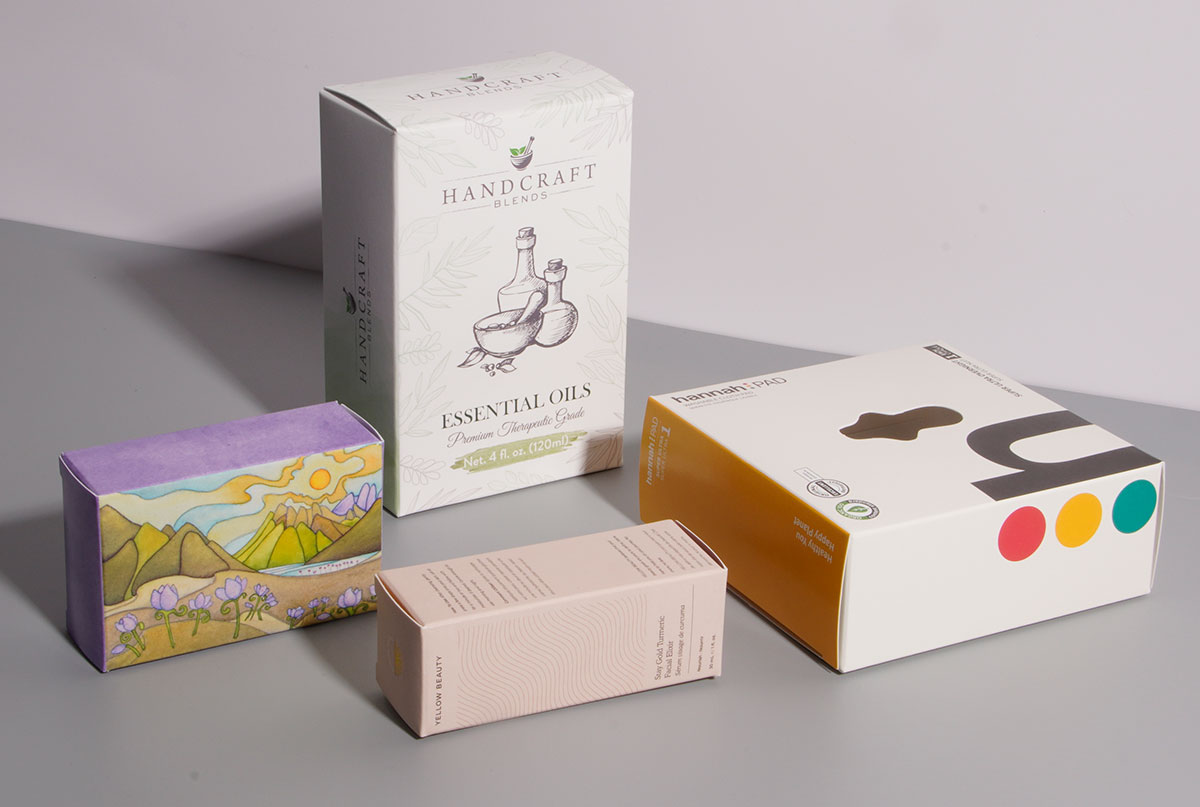Any product can be a victim of forgery or counterfeiting, but counterfeiters are more likely to target high-end items. After all, counterfeiters can make more money from making fake luxury goods than affordable ones. The good news is that as counterfeiters advance, so does the tech to prevent or spot forgeries. Luxury brands would be especially wise to incorporate the following tips, but they also apply to any product with a counterfeiting risk.
Tracking and Tracing
One of the most common strategies to prevent forgeries is to track your products along the supply chain. This can easily be done with QR codes, bar codes, or RFID chips. You can even give customers the ability to scan a QR code to confirm that the product in their hands was tracked throughout the supply chain. A gap in the tracking could indicate a counterfeit.
The most common methods of this include serialization, RFID, and chip-based solutions.
Protective Elements on the Packaging
The other major strategy to prevent counterfeiting is to add protective elements to your packaging. While we said “protective,” it can also include indicators to let shoppers know that the product may be compromised. A classic example of these is the seals or blister packs used on medicine. While you wouldn’t sell your luxury product in a blister pack, you can strategically use seals and other methods.
Ink-based Security
You likely typically think of ink-based authentication for currency or important documents. But it can also work for certain goods. It works best if your product has a lot of writing on it. While this is easy to implement and cost-effective, removing the ink-based security features is also easy.
You can even combine ink-based security with labels, putting labels with this feature on strategic parts of the packaging. Of course, the challenge is that counterfeiters could remove the label and place it on something else.
Holograms
Another popular anti-forgery method is using holograms. The main challenge is that most consumers can’t spot the difference between a counterfeited hologram and an authentic one. That is especially true for 2D holograms, and 3D holograms are still expensive.
Security Seals
You can also combine some of the above anti-forgery methods with security seals. For example, put holograms or ink-based security on the seal used to close the product. This works best for packaged luxury goods, such as fragrances.
Integrated Polymer-based Solutions
Depending on the type of luxury product you sell, you may base able to use polymer-based solutions. These are important for authenticating well after the purchase. The use of the polymer means that the authentication stays with the product forever. The obvious disadvantage is that you may have to adjust your manufacturing.
Conclusion
Counterfeiting is a serious concern in many industries, including the luxury industry. Counterfeits can eat into your profits and hurt your brand reputation. But there is a growing list of anti-forgery technology and methods that can help you prevent forgeries.




